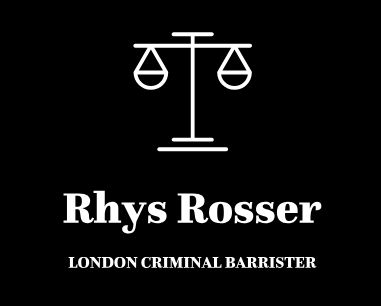How to Reduce Your Disqualification from Driving
A lesser known statute means that you can apply to reduce your disqualification after you have been convicted and sentenced

It is not widely known that when a driver is disqualified for over 2 years, it is possible to apply to reduce the period of disqualification imposed. This is an application made to the Magistrates Court and should be made with supporting evidence.
Section 42 of the Road Traffic Offenders Act 1988 sets out the law to be applied when making an application to reduce disqualification.
The Magistrates Court will consider the following:
(a) the character of the person disqualified and his conduct subsequent to the order,
(b) the nature of the offence, and
(c) any other circumstances of the case.
If the disqualification is less than 4 years, you can apply to reduce your disqualification after 2 years have passed. If it is over 4 years but less than 10 years, the period before which an application can be made is 50% of the period of disqualification. If the period is more than 10 years, then an application can be made once 5 years have passed.
Applications under this section are rare and often, Courts will not have dealt with them previously. This is why it is important to ensure you have legal representation in place both before and during the hearing.
The character of the person since disqualification can be shown in many different ways:
- Abstinence tests (where a disqualification was imposed for drink/drug offences);
- Confirmation of medical treatment for addiction;
- Extended driving tests (conducted on private land).
It is also possible to show the continued impact of a disqualification, particularly if these facts weren’t known at the time the disqualification was imposed. For example, if you now require the return of your driving licence to maintain your employment or there is a change in your caring responsibilities.
An application under Section 42, properly prepared, has the ability to reduce a disqualification by months or even years. They can be particularly effective in circumstances where a driver has received a 3 year mandatory disqualification following a second qualifying offence (for example with two drink drive convictions).
Rhys has experience in this area and has been successful in seeking to reduce disqualifications on the basis of subsequent conduct and the other circumstances of the case.
Fill in the Below to Contact Rhys and to obtain legal advice










